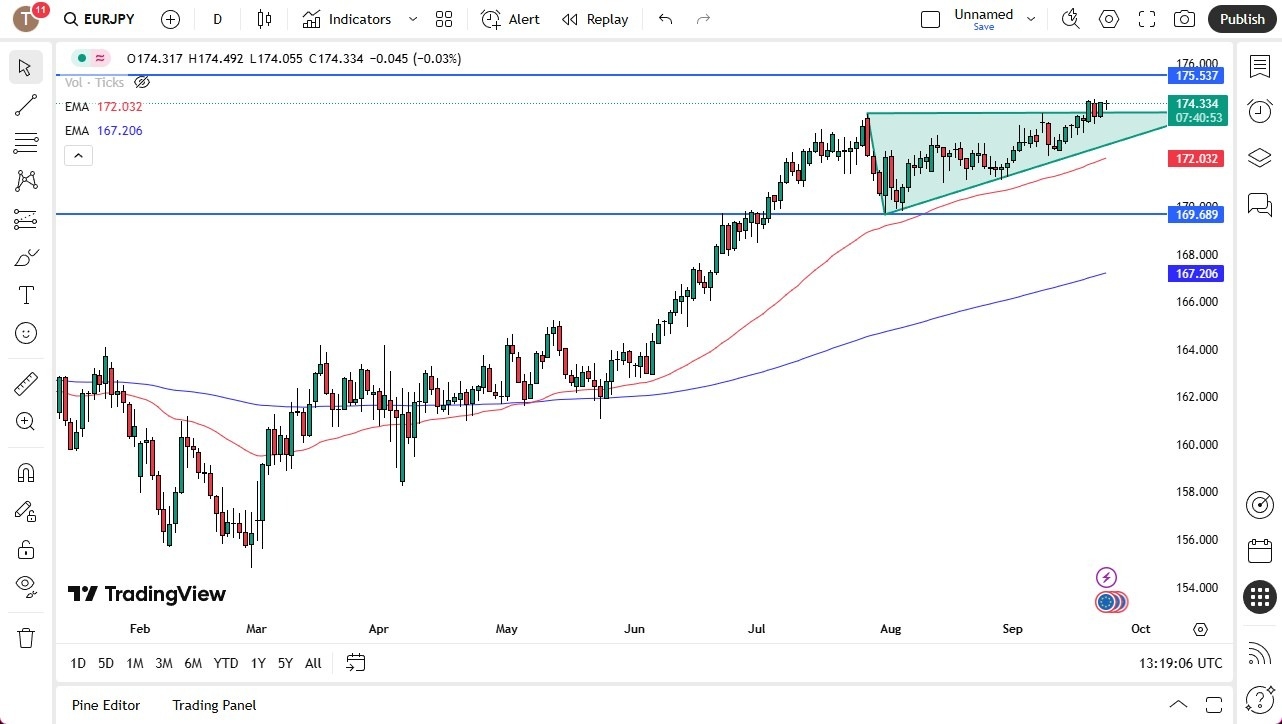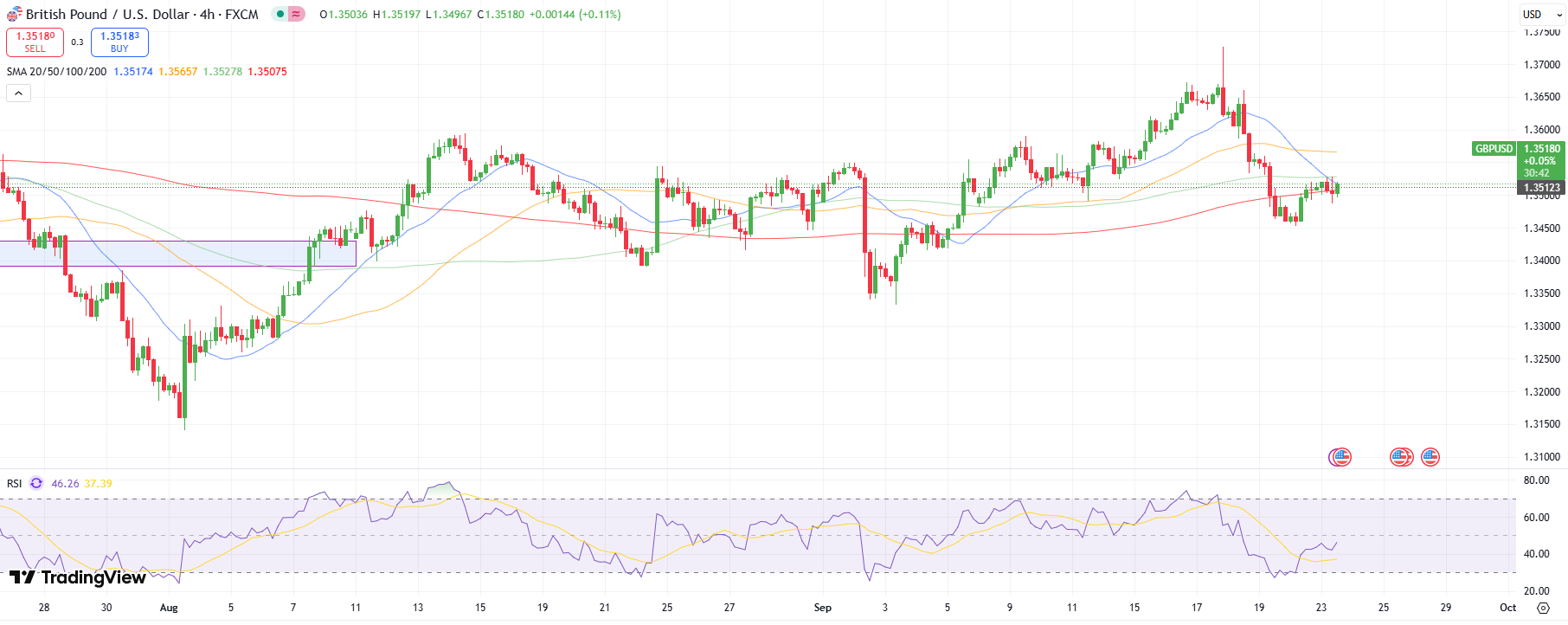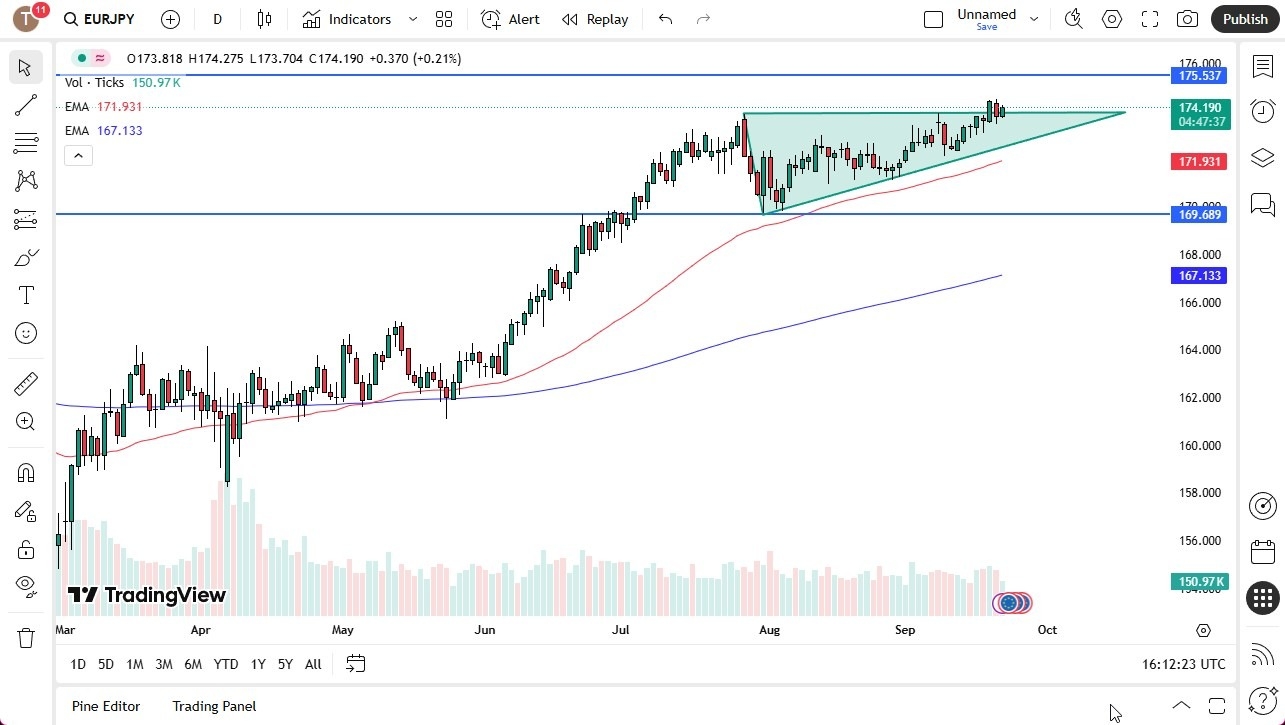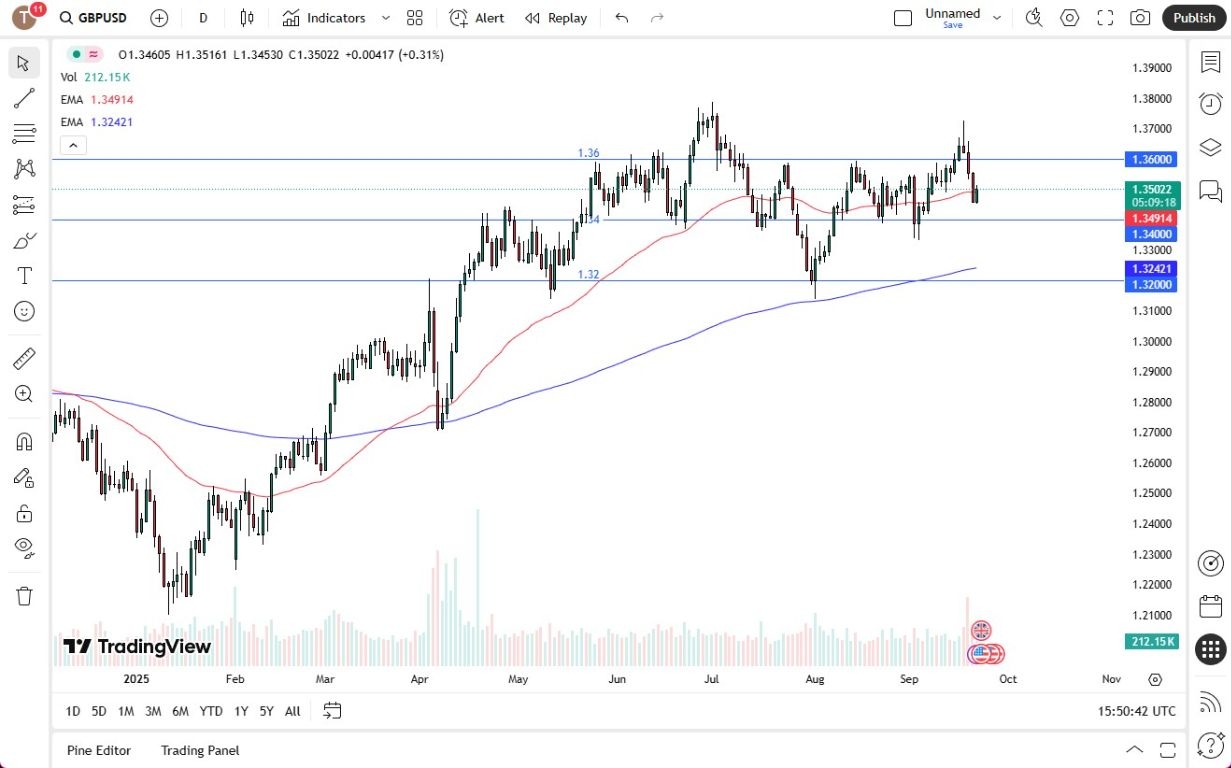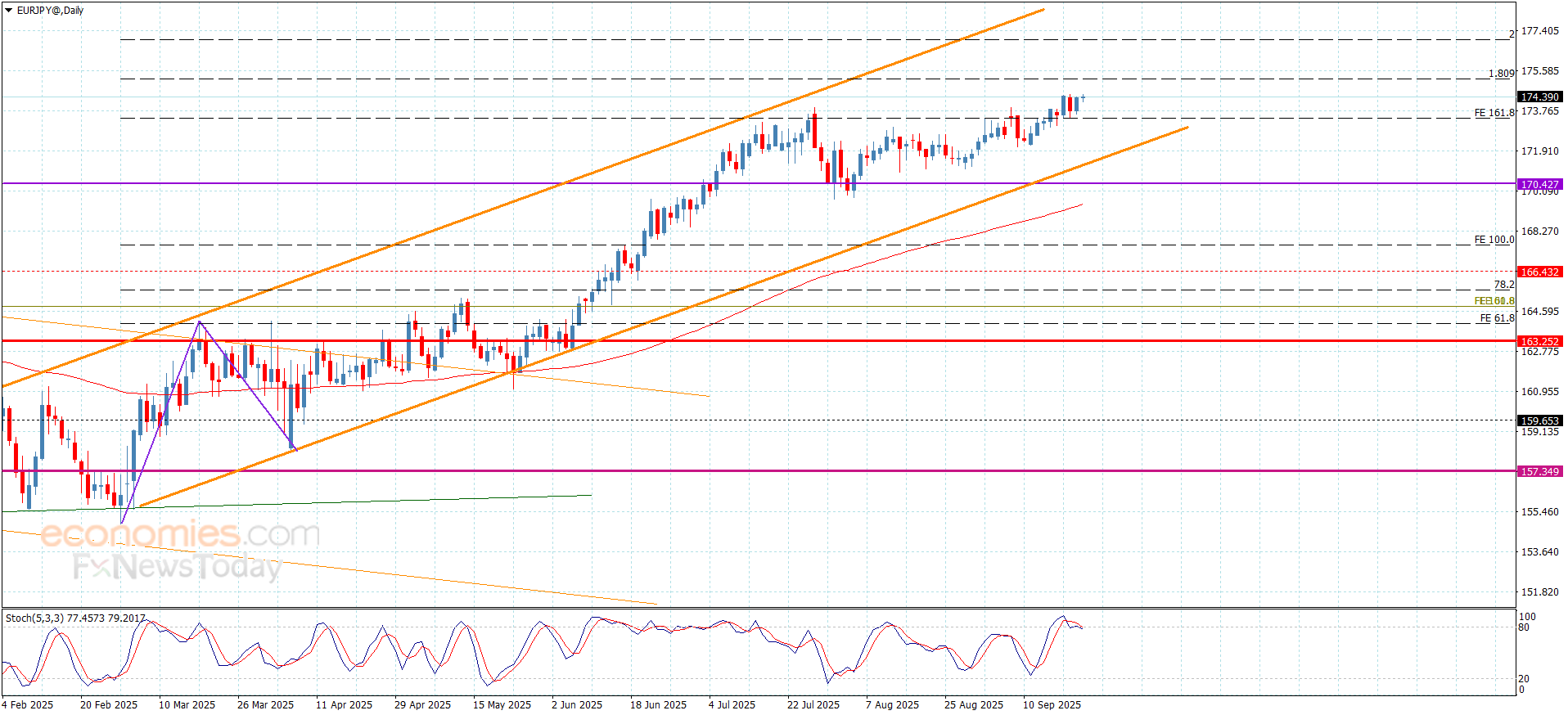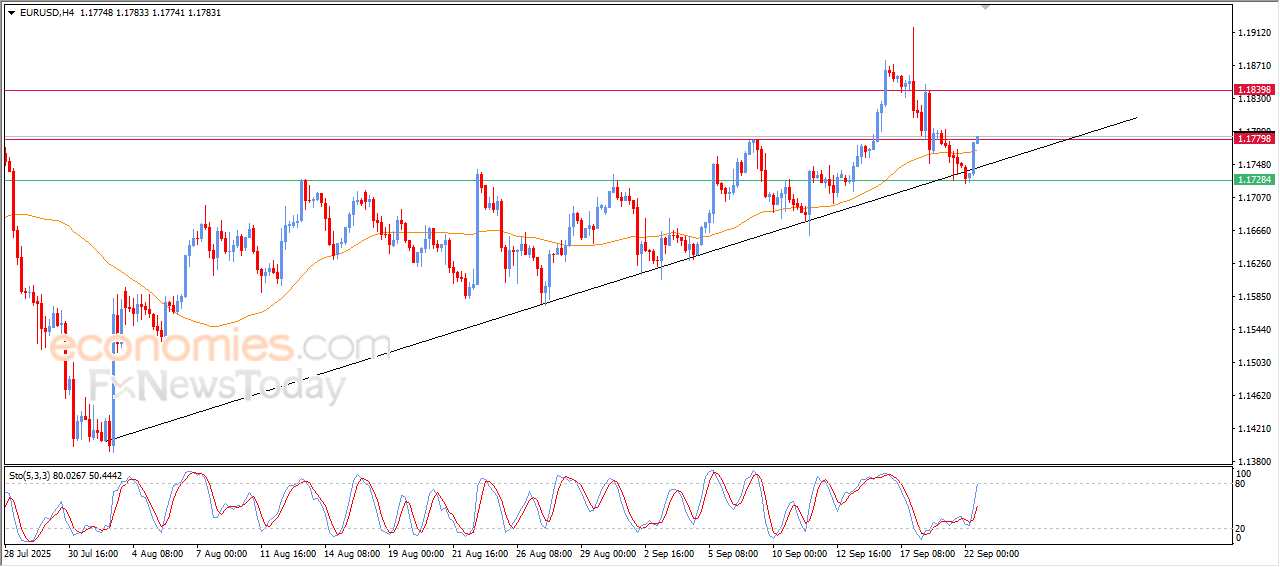The main tag of Forex News Today Articles.
You can use the search box below to find what you need.
[wd_asp id=1]
Forecast for USD/JPY: Between US monetary policy and Japanese volatility – London Business News
In relatively calm Asian trading, the USD/JPY pair is hovering around 147.95 after retreating to 147.60— a decline that was less surprising than it was a reflection of the intersection between two opposing monetary policy paths in the United States and Japan.
On the one hand, the U.S. Federal Reserve, led by Jerome Powell, sent clear signals that the slowdown in the labour market has become a higher priority than persistent inflation, which was reflected in a rate cut last week.
However, Powell stated yesterday that there might not be further cuts in 2025, stressing that the Fed will rely on data to determine the course of monetary policy on a meeting-by-meeting basis.
On the other hand, the Bank of Japan stands on the brink of decisions that could mark a shift away from its ultra-loose stance, but the political uncertainty in Tokyo is limiting the yen’s ability to capitalize on such expectations. This paradox explains the recent choppy moves in the pair.
In my view, what we are witnessing today is not merely a short-term move within a narrow range, but rather the start of a new balance in the FX market that could last for weeks. The dollar’s trajectory is driven not only by the Fed’s rate cut but also by simultaneous declines in U.S. business activity indicators. The latest PMI data point to slowing momentum across both manufacturing and services, reducing the dollar’s attractiveness as a short-term haven. Investors are increasingly concerned that the economic downturn is outpacing the Fed’s steps, which clouds expectations for monetary easing and creates significant volatility.
That said, I cannot overlook the fact that the dollar still retains relative strength compared to other currencies, especially amid persistent global economic uncertainty. The U.S. Dollar Index, despite a slight dip, remains supported above 97, reflecting that markets have not yet abandoned their underlying confidence in the greenback. In my opinion, any additional downside in USD/JPY is likely to encounter strong support before 146.50, particularly if U.S. new home sales data beats expectations, which could restore some balance to the economic outlook.
On the Japanese side, the picture is more complex. While expectations of a rate hike by the Bank of Japan in October are growing, it is difficult to build a solid case based on these forecasts alone. The sudden resignation of Prime Minister Shigeru Ishiba has opened the door to a politically unstable phase, with the Liberal Democratic Party’s leadership election on October 4 potentially reshaping the outlook altogether. From my perspective, when reading the impact of politics on markets, the yen tends to react quickly to domestic political uncertainty, especially when linked to concerns about the central bank’s independence or resolve. Thus, any strength in the yen derived from rate hike expectations could quickly erode if a dovish-leaning candidate secures leadership.
What is interesting here is that markets are now pricing in dual probabilities: on one side, a nearly 90% chance of further Fed easing in October, and on the other, more than a 50% chance of a BoJ hike. This divergence places USD/JPY in a highly sensitive zone, where a sharp move could occur if either of these scenarios becomes clearer. In my opinion, the most likely outcome is continued relative weakness in the dollar versus the yen, but not as sharply as some investors anticipate. A clear break below 147 would require a fresh negative shock from U.S. data or a more hawkish tilt from the BoJ.
Additionally, the market’s behaviour during Japan’s Autumn Equinox holiday is worth noting. Thin volumes in Asian hours created room for sharper swings in European and U.S. sessions, fuelled by cautious remarks from Fed officials like Austan Goolsbee. In my view, this “data-watching” phase will remain a dominant feature of markets over the next two weeks. Investors are not yet building long-term positions, but are instead seeking short-term opportunities amid a lack of a clear trend—leaving the pair highly sensitive to any surprises.
Looking at the medium term, I believe the scenario of “gradual convergence” between Fed and BoJ policies will remain the decisive factor. If the Fed continues with gradual cuts while the BoJ takes even one step toward tightening, we may see a shift in the balance of power favouring the yen, albeit modestly. However, Japan’s political factor cannot be ignored, as new leadership might delay any tightening if growth is deemed too fragile to withstand higher rates.
Ultimately, I see USD/JPY standing at a strategic crossroads. The current moves around 147.50 are not just noise, but reflect a broad repricing of monetary policy expectations in the world’s two largest economies. My base case is for the pair to remain in the 146.50–149.00 range in the coming weeks, with a bearish bias conditioned on weaker U.S. data and a stable Japanese political backdrop. Should the LDP elections produce unexpected results, however, we could see a wider move toward 145—a scenario I do not rule out, though it would require the rare alignment of politics and economics. From my experience, markets rarely offer such alignment, but they punish harshly those who fail to consider its possibility.
Technical analysis of ( USDJPY ) prices
The four-hour chart of the USD/JPY pair shows clear volatility within narrow support and resistance ranges, with the price currently trading near 147.94 after hitting the key resistance area known as the “Golden Zone” multiple times. This zone corresponds to the 0.66–0.78 Fibonacci levels, making it a strong barrier against any further upward movement. Continued trading below this area reflects underlying selling pressure that could drive the pair to retest lower levels

